March 26, 2015 | Posted in TRADITIONAL ART AND PAINTING | By sockii
The Most Famous Presidential Portrait of All Time?
When one thinks of America’s first president, George Washington, the image that likely comes to mind is the likeness captured by American painter Gilbert Stuart. After all, his “Portrait of George Washington” – also known as “The Athenaeum Portrait” – became the basis for the image on the American one dollar bill. It a painting which has been reproduced countless times – many times by Gilbert Stuart himself!
But do you know some of the interesting facts about this legendary portrait, and the artist behind it? The painting’s story is quite interesting, perhaps as much as its subject and the creator itself. Here I’ll share some of the curious details of “The Athenaeum Portrait”, which will surely give you new things to think about the next time you open your wallet and see George Washinton‘s face there!
10 Curious Facts about “The Athenaeum Portrait” by Gilbert Stuart
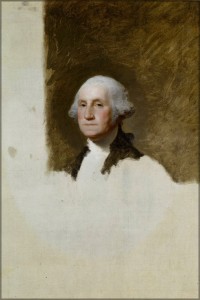
“The Athenaeum Portrait” by Gilbert Stuart. Poster print available at Amazon.
1. “The Athenaeum Portrait” is actually part of a pair of portraits – the other of Martha Washington – which Martha herself requested from the artist. She wished for a pair of portraits to hang at Mount Vernon. As fate would have it, however, she would never actually receive either painting…
2. This was George Washington’s third – and final – time sitting for a portrait for Gilbert Stuart, sometime in late 1796. The first two times took place at Stuart’s studio in Philadelphia. On this occasion, the sitting took place at Gilbert’s barn at his home in Germantown, just outside of Philadelphia.
3. Stuart faced one particular challenge when Washington arrived for his first sitting for this portrait – he’d just acquired a new set of false teeth. Not only were they paining the President, but they created an unnatural bulge about his mouth and distorted his jawline.
4. President Washington was not fond of sitting for portraits – and sitting for Stuart was no exception. Stuart liked to engage his subjects in conversation while they were sitting, in order to attain a more natural expression and appearance. Washington did not want to engage in such conversation at all – although a passing horse outside made him smile and he relaxed as Stuart began talking to him about horses and farming (subjects Washington enjoyed much more than talking about politics and the military!)
5. Stuart typically had his subjects sit for three two-hour sessions in order to complete a satisfactory likeness, so he could then complete the painting. However, in the case of these paintings of George and Martha Washington, Stuart never completed them! Why? Because he was so pleased with the likeness of President Washington that he’d captured, he wanted to keep it as a reference for reproducing copies – to sell to other clients and customers.
6. There was a tremendous market at the time for paintings of President Washington, so Stuart knew he could make considerable money reproducing Washington’s likeness. It is believed that Stuart produced at least 75 copies of this particular reference image of Washington, which he sold for $100 each. He never reproduced the image of Martha Washington.
7. Martha Washington repeatedly sent letters to Stuart’s studio, asking when they would ever receive their original paintings. George Washington himself visited the studio as well to inquire on the work and eventually gave up in frustration as Stuart only insisted the paintings weren’t finished yet (eventually Martha ended up buying one of those copies of the portrait of George for herself!)
8. The quality of Stuart’s reproductions of “The Athenaeum Portrait” varies considerably – some feature great detail while others appear much more rushed and sloppy. The size and shape of Washington’s head varies as well from one painting to the next, as Stuart was constantly fiddling with the image. By the end of his life, he stated he could complete a reproduction of the image in a mere two hours’ time.
9. The pair of unfinished portraits are known as “The Athenaeum Portraits” because they were acquired by the Boston Athenaeum after Gilbert Stuart died. Today they are jointly owned by the Smithsonian Institution’s National Portrait Gallery in Washington, D.C., and the Museum of Fine Arts in Boston.
10. The image of Washington on the one-dollar bill is reversed from the original painting. Why? Because of the engraving process itself. The portrait was engraved on metal facing in the same direction as the original painting, which means the image is reversed when the inked plate is pressed onto paper.
“Every American considers it his sacred duty to have a likeness of Washington in his home, just as we have images of God’s saints.”
– Pavel Svinin, a visiting Russian diplomat to the United States in the early 1800s.
About Gilbert Stuart
The famous American portrait artist
Gilbert Charles Stuart was born on December 3, 1755 in Rhode Island, and is today considered one of America’s greatest portrait artists of all time. During his lifetime he painted the portraits of over 1,000 individuals, including the first six presidents of the United States. His work today can be found in major museums around the United States and in the United Kingdom as well.
Stuart showed promise as an artist from an early age, and received guidance from Scottish artist Cosmo Alexander while living in Newport, Rhode Island. In 1771 he moved to Scotland to continue studying and working with Alexander, who unfortunately died in a year’s time. Stuart returned to America after failing to establish himself as an artist in Scotland – but the Revolutionary War would force him to change plans once again.
Like other artists of the time, he left the States for England where he became a follower of Benhamin West. Studying with West, he was soon exhibiting work at the Royal Academy, and his work was considered in league with such famous artists as Joshua Reynolds and Thomas Gainsborough.
Stuart returned to America in 1793, after 18 years abroad, and after a brief stay in New York settled in Germantown, near Philadelphia. It was here that he would begin to establish himself with his portraits of George Washington and other notable American figures of the time. In 1805, he moved to Boston where he continued to paint – yet still faced financial difficulties and debt as had plagued him most of his life. He was partially paralyzed after a stroke in 1824, but continued to paint for two more years until his death at the age of 72.
Learn More about Gilbert Stuart’s George Washington Portraits
Links about The Athenaeum Portrait and other works
* The Athenaeum Portrait of George Washington– Revolutionary War and Beyond
* Gilbert Stuart – National Gallery of Art website
* George Washington – U.S. Senate: Art & History
* Gilbert Stuart – Wikipedia
* Gilbert Stuart – Birthplace and Museum
* Gilbert Stuart – The complete works
For more reading on Gilbert Stuart:
Gilbert Stuart (Metropolitan Museum of Art Series)CHECK PRICE
The Genius of Gilbert StuartCHECK PRICE
On Desperate Seas: A Biography of Gilbert StuartCHECK PRICE
Related posts at Spacial Anomaly
Table of Contents
sockii
sockii is just your typical Jane-of-All-Trades who never has enough time in her day for all of her projects. She has written for many websites online including Squidoo, Zujava, Yahoo! Contributors Network, HubPages and Wizzley. She has been attending and vending at science fiction and media conventions for over 15 years, and for several years ran an art gallery and jewelry store in Philadelphia. Today she is happy to be living in South Jersey with her partner David and their 6 cats. Sockii is a member of several affiliate sales programs including Amazon Associates and Viglink. Products from these services may be advertised on her posts and pages to generate sales commissions.
Leave a Reply
*
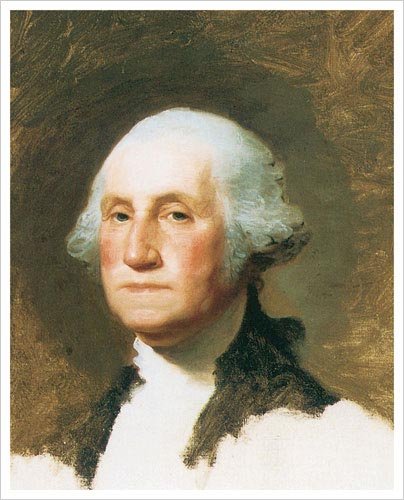

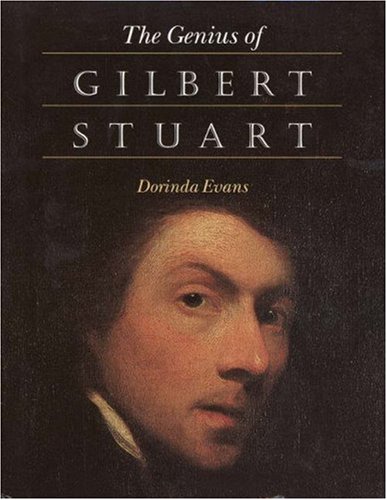

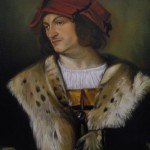
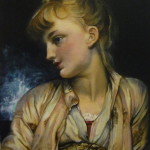

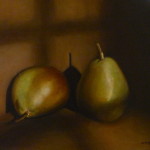








Be the first to comment.